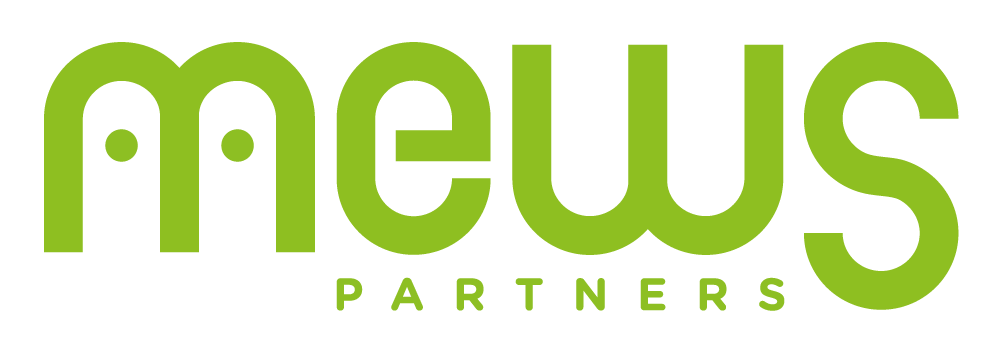Major projects and rising complexity: how AI can help shorten contracting timelines
/in Insights ArticleLarge-Scale Projects: A Race Against the Clock
From nuclear power plants to tourist resorts, from aircraft carriers to submarines, large-scale industrial projects consistently come with enormous challenges. Chief among them: delivering on time. Even with vast resources at their disposal, major industrial players frequently face significant delays, which often carry steep consequences, including budget overruns, inefficiently prolonged team mobilization, competitive setbacks, and contractual penalties.
Have fixed timelines become a thing of the past? Are delays simply inevitable? The growing complexity of industrial processes certainly doesn’t help. At the scale of major projects, countless variables can disrupt operations such as supply chain breakdowns, client-driven change requests and unexpected external events. Among these friction points, time to contract (the duration between the design or sourcing phase and the actual signing of contracts with suppliers or partners) repeatedly emerges as a critical contributor to delays.
In the context of large industrial undertakings, this phase can be particularly protracted due to the intricacy of negotiations, stringent regulatory compliance requirements, and the need to anticipate a wide array of operational and legal risks. Streamlining the contracting process in all its complexity is therefore crucial: not only to mitigate delays but to drive the overall performance and success of the project.
Artificial intelligence, with its ability to accelerate decision-making, analyze risk, and standardize document workflows, represents a strategic lever in this transformation.
Reducing Time to Contract: Leveraging AI to Tame Complexity
Multiple stakeholders, diverging requirements, risk factors, and potential delays. Let’s be clear: even with the best intentions, optimizing contracting timelines solely through human intelligence is no longer realistic. The more ambitious the project, the more complexity compounds.
This is precisely where data (and the insights it holds) becomes essential. Enter technology, specifically process modeling and artificial intelligence.
Process modeling allows organizations to build virtual representations of their contracting workflows, making it easier to identify bottlenecks and opportunities for improvement. AI, in turn, can analyze and synthesize vast volumes of data to generate actionable insights.
When combined, these technologies help stakeholders navigate the inherent complexity of procurement and contracting processes, enabling faster and more informed decision-making.

How Does It Work?
It all begins with data. Modeling a procurement process starts by collecting, structuring, and analyzing all historical data related to previous contracting efforts. This foundational step is key to understanding how the process truly operates and to identifying the factors that drive or hinder performance.
Workshops with operational stakeholders are then conducted to align the data with on-the-ground realities. This ensures that the resulting models are not only accurate, but also relevant and anchored in the lived experience of the teams involved.
By synthesizing this information in new and comprehensive ways, these models offer a precise understanding of how contracting processes unfold in practice. They enable the development of reliable performance indicators and provide the means to monitor operations closely. Deviations can be detected at every stage of the contracting cycle, allowing organizations to intervene proactively, well before delays become inevitable.
Artificial intelligence also brings concrete value from the earliest stages of the contracting process. Powered by machine learning, AI can leverage these process models to assess the performance of each contracting phase and forecast the impact of potential decisions in specific contexts.
This capability makes it possible to run robust simulations of different optimization scenarios, project their effects on contracting timelines, and ultimately identify the most effective levers for reducing time to contract.
In short, AI and data modeling are no longer just technological options: they are strategic imperatives for any organization facing the complexity of large-scale projects.
Explore Our Infographic
At one of our client organizations, this approach made it possible to design and implement an action plan that cut time to contract by half.
Discover the full use case and key insights in our dedicated infographic.

